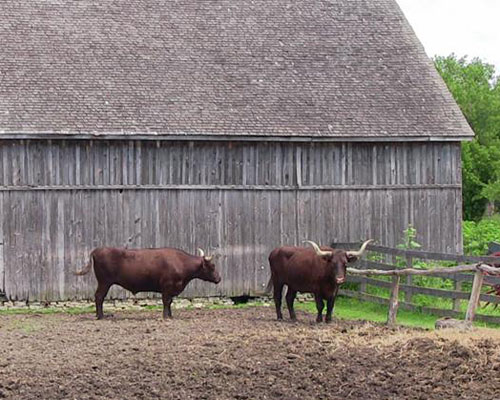I vowed I wouldn't do it again -- hatch eggs or raise chicks in the kitchen. I didn't mind getting the two-month-old pullets last spring. They were pretty much self-sufficient already, fully feathered and ready to go.
But here I was last month, setting up the incubator on thee kitchen counter. It's the best place because it's protected but well heated, not too much variation in the ambient temperature. Close to a water source, to keep the humidity channels full. The eggs arrived the next day, so it was well warmed and ready for them.
It started a week or so before, when Lady Fanny, my Speckled Sussex, indicated an interest in being broody. She's my best broody hen and has hatched chicks the past three years. I was alert to the possibility that she would want to set some eggs again, and I wanted to get her some nice ones. I've decided to add two or three pullets to my flock every year, to keep egg production up. If Fanny wants to hatch them, I'm happy to help her.
 |
| Lady Fanny with a turkey chick in 2013 |
That afternoon I heard loud squawking, and after ten minutes or so of it, went out to check to see if some predator might have made its way into the coop. No, it was Fanny, settled in the favorite nest box and loudly berating her sisters about their attempts to join her to lay their eggs. This is it, I thought. She's getting ready.
I put a notice on Facebook and my friend Kermit Blackwood stepped right up. He had some nice Colloncas he'd be happy to share. He collected eggs for a couple of days and shipped them off.
In the meantime, Fanny changed her mind. That one day was the sole indication that she wanted to raise a brood this year. I knew the eggs were on their way, so I unpacked the incubator and get ready.
The eggs arrived, perfectly packed, three lovely blue eggs and five small white ones. I let them rest a day before putting them in the incubator. It helps them get organized after being jostled through the delivery system.
We were in the midst of the only storms California has had all winter, which is good, but the weather was violent. I feared for a power outage, but the eggs were here, no turning back. I figured I'd think of something if the power went out. Maybe the library would let me plug in for a few hours in an emergency.
That never happened. The incubation was uneventful. The first chick, a black one from one of the white eggs, was followed by a white one from one of the blue eggs on March 21. By the next day, three of the white eggs had hatched: one all black, one black with a touch of white, one black with a white chest and underside.




